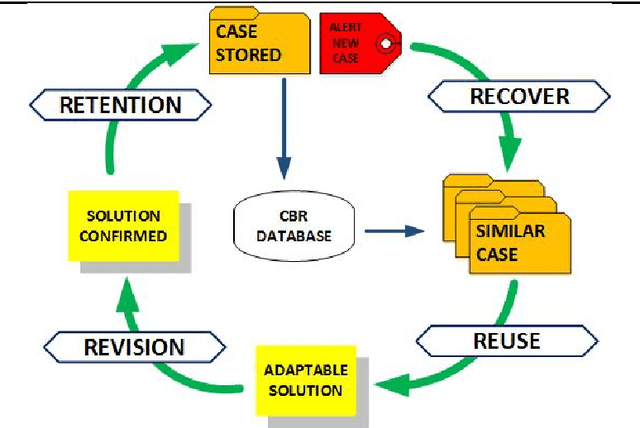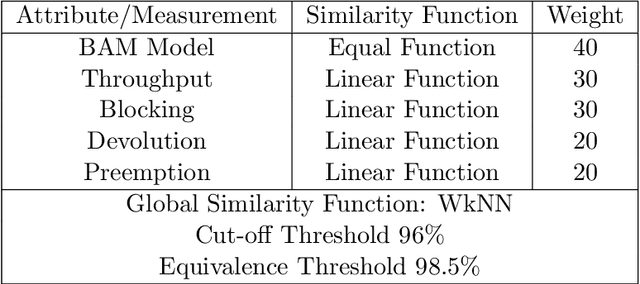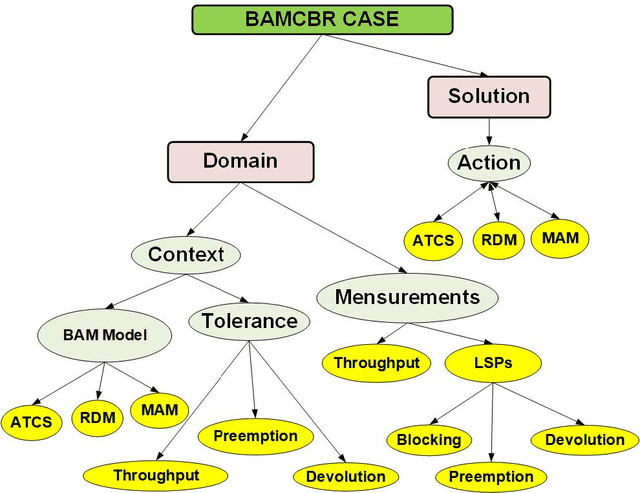Rafael F. Reale
Reinforcement Learning Agent Design and Optimization with Bandwidth Allocation Model
Nov 23, 2022Abstract:Reinforcement learning (RL) is currently used in various real-life applications. RL-based solutions have the potential to generically address problems, including the ones that are difficult to solve with heuristics and meta-heuristics and, in addition, the set of problems and issues where some intelligent or cognitive approach is required. However, reinforcement learning agents require a not straightforward design and have important design issues. RL agent design issues include the target problem modeling, state-space explosion, the training process, and agent efficiency. Research currently addresses these issues aiming to foster RL dissemination. A BAM model, in summary, allocates and shares resources with users. There are three basic BAM models and several hybrids that differ in how they allocate and share resources among users. This paper addresses the issue of an RL agent design and efficiency. The RL agent's objective is to allocate and share resources among users. The paper investigates how a BAM model can contribute to the RL agent design and efficiency. The AllocTC-Sharing (ATCS) model is analytically described and simulated to evaluate how it mimics the RL agent operation and how the ATCS can offload computational tasks from the RL agent. The essential argument researched is whether algorithms integrated with the RL agent design and operation have the potential to facilitate agent design and optimize its execution. The ATCS analytical model and simulation presented demonstrate that a BAM model offloads agent tasks and assists the agent's design and optimization.
A Methodological Approach to Model CBR-based Systems
Sep 09, 2020


Abstract:Artificial intelligence (AI) has been used in various areas to support system optimization and find solutions where the complexity makes it challenging to use algorithmic and heuristics. Case-based Reasoning (CBR) is an AI technique intensively exploited in domains like management, medicine, design, construction, retail and smart grid. CBR is a technique for problem-solving and captures new knowledge by using past experiences. One of the main CBR deployment challenges is the target system modeling process. This paper presents a straightforward methodological approach to model CBR-based applications using the concepts of abstract and concrete models. Splitting the modeling process with two models facilitates the allocation of expertise between the application domain and the CBR technology. The methodological approach intends to facilitate the CBR modeling process and to foster CBR use in various areas outside computer science.
* pp 1-16, 3 figures
 Add to Chrome
Add to Chrome Add to Firefox
Add to Firefox Add to Edge
Add to Edge